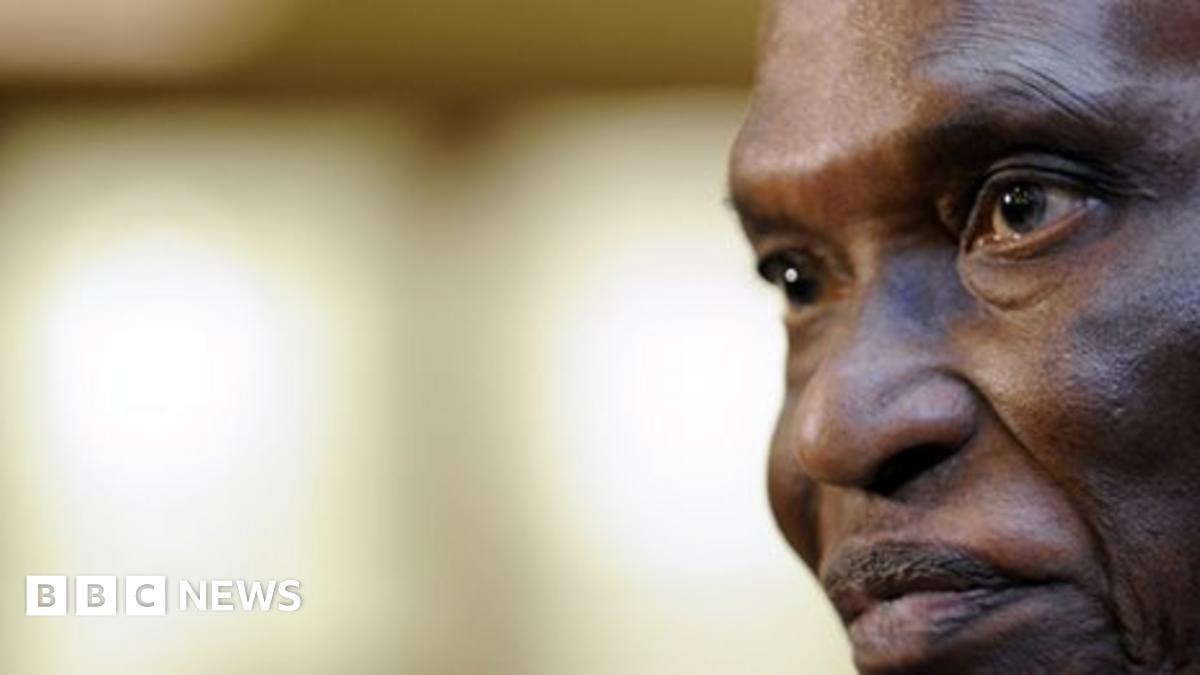
Senegalese President Abdoulaye Wade’s rise and rule
[ad_1]
Mr Wade was elected president with around 60% of the votes and the crucial support of another opposition leader, Mustapha Niasse – who had come third in the election and was rewarded with the post of prime minister.
The new president – affectionately known by his supporters as “Gorgui” or old man – embarked on a wide-ranging modernisation programme – building schools, health facilities, improving access to drinking water and launching an ambitious agricultural programme.
He also diversified Senegal’s financial partners, moving away from a dependency on France and striking agreements with countries such as China and Dubai.
But what Mr Wade’s supporters praise as his vision and statesmanship, his critics see as a tendency towards megalomania or autocracy.
His decision to commission from North Korea a 50m (164 ft) high bronze monument to the African Renaissance was heavily criticised in a country where poverty is still rife and electricity scarce.
For Mr Wade’s opponents, the statue – so high it can be seen from anywhere in Dakar – summarises the current regime in Senegal: Expensive, useless, pretentious and hollow.
He was also one of the prime movers behind the New Economic Partnership for Africa (Nepad) – a vision of transforming Africa which resulted in endless speeches and meetings around the continent but little else.
[ad_2]
Source link




